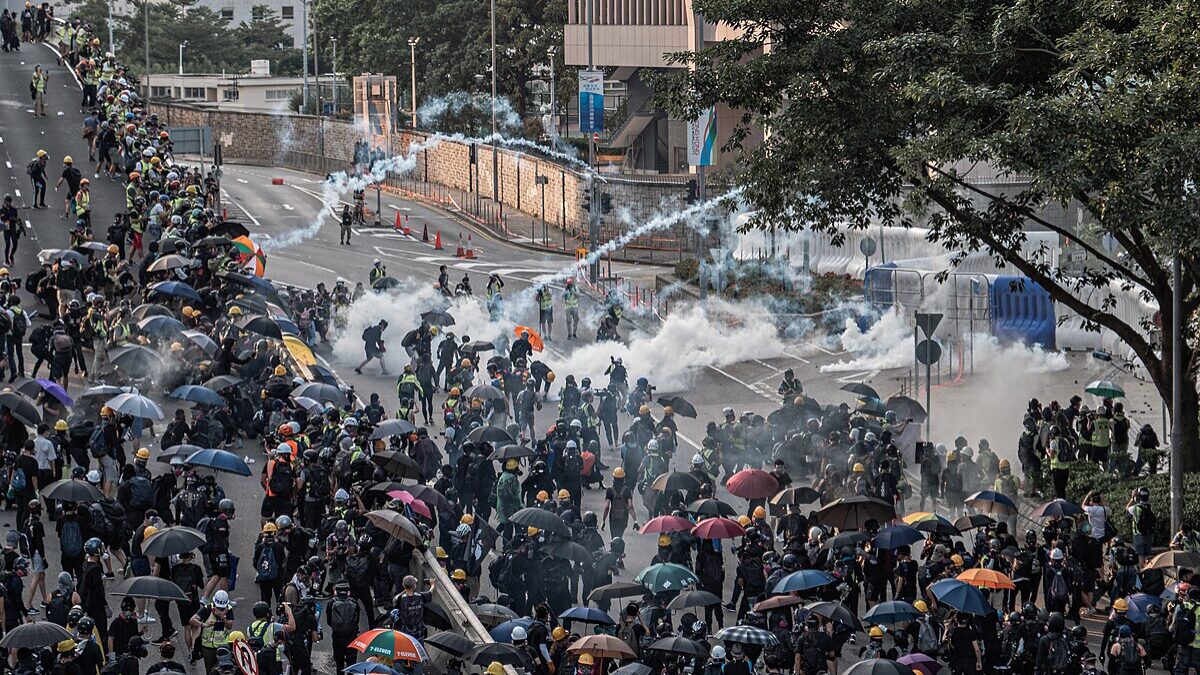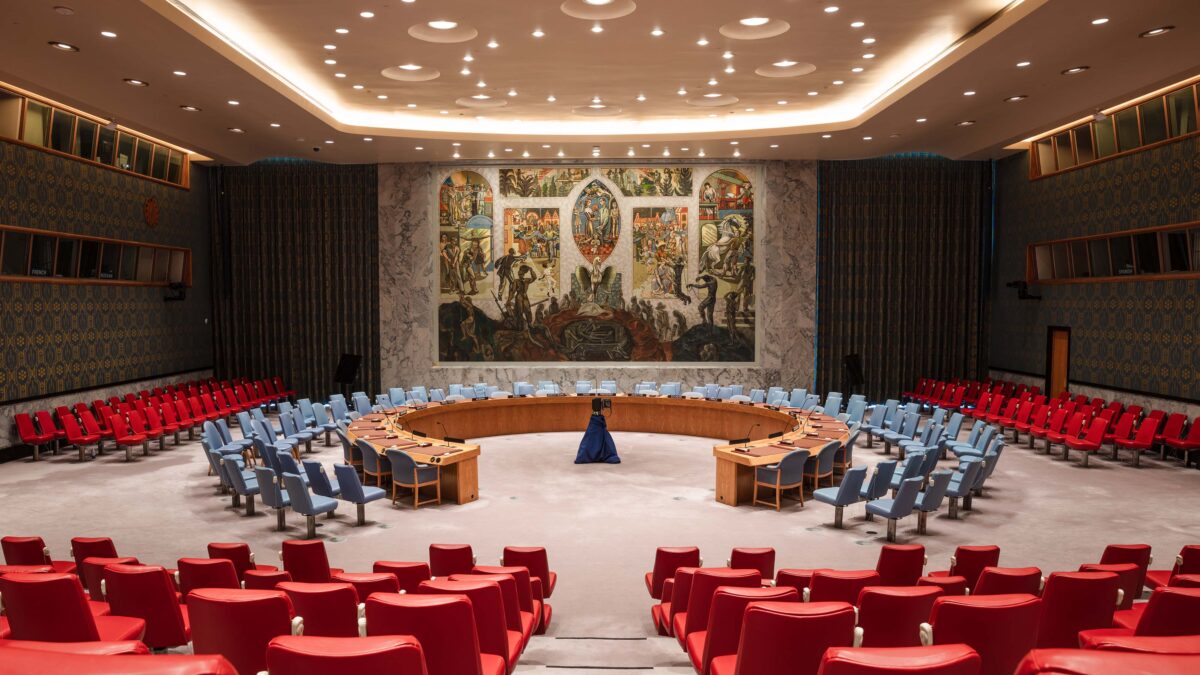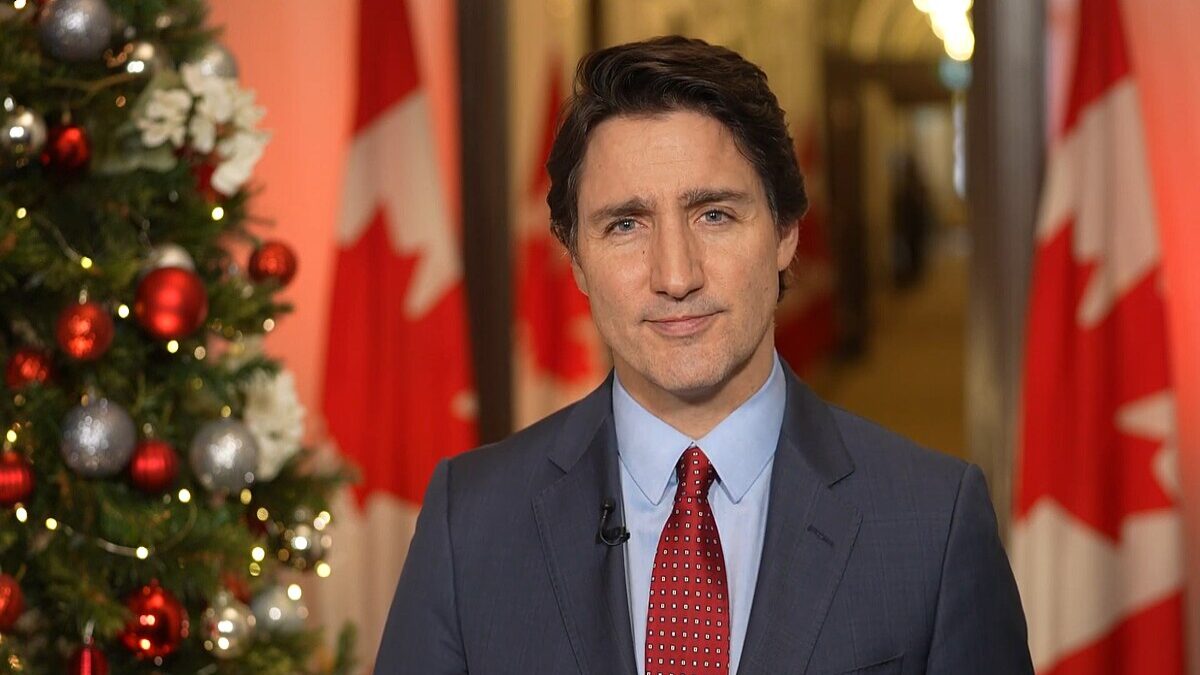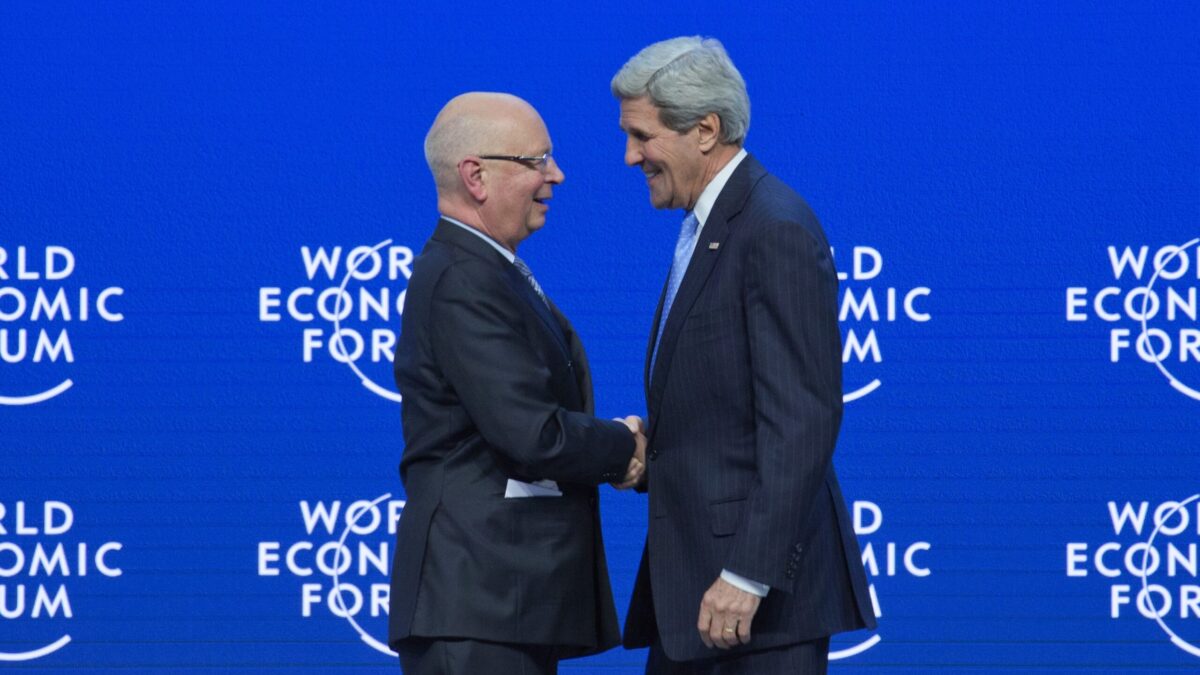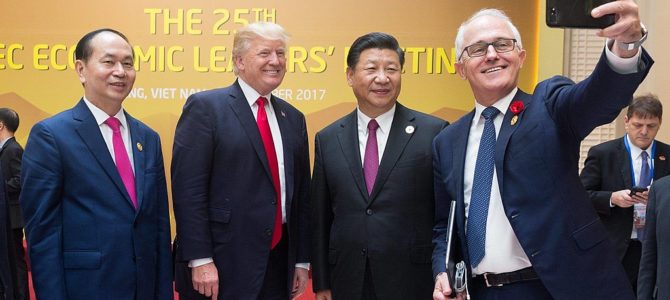
The highly anticipated meeting between U.S. President Donald Trump and Chinese President Xi Jinping at the G20 summit concluded last Saturday evening with no major breakthrough. Pundits who had hoped for a good trade deal between the U.S. and China are surely disappointed.
President Trump previously threatened to raise tariffs from 10 to 25 percent on about $250 billion worth of Chinese imports on January 1, 2019. Now he has agreed to hold off on the tariff hike while both the Americans and Chinese delegations engage in trade negotiations for the next 90 days.
At present, President Xi has agreed not to impose any tit-for-tat response to current U.S. tariffs on Chinese imports. While stock markets and businesses worldwide can breathe a sigh of relief for now since the trade war will not get worse for another three months, the temporary truce can’t mask the deep divisions between the United States and China.
A Changing China
From the U.S. perspective, the rise of China has transitioned from a hope to a disappointment to a threat. When former president Richard Nixon visited Communist China in 1972 and established a diplomatic relationship, 99 percent of Chinese people made less than $2 a day and China’s per capita gross domestic product was less than $200. The Chinese people were poorer than people in Bangladesh, to put it into perspective.
In 2017, China’s GDP per capita was close to $9,000. Global poverty rates have been cut in half since 1981, mainly because of China’s impressive economic growth. This economic growth has a lot to do with the Chinese people’s ingenuity and certain market-friendly policies from their central government. But China often fails to mention that China wouldn’t have had almost four decades of impressive growth without the West, especially the United States, providing markets for Chinese goods, bringing foreign investment to China to build factories, and training millions of talented Chinese students at Western colleges and universities.
Starting with Nixon and his secretary of state, Henry Kissinger, successions of American leaders––including presidents, policy makers, and advisers––had hoped that through investment, economic aid, military assistance, and cultural exchange, Americans could turn China into a democratic country with a market economy that had no ambition to challenge the rule-based global power structure the United States established at the end of World War II.
That hope was first seriously challenged in the late ‘80s and early ‘90s– on the political front, when pro-democracy students were suppressed in Tiananmen Square in 1989, and on the economic front when western businesses began to encounter problems with Chinese piracy of CDs, Hollywood movies, and handbags.
But the United States, under President Bill Clinton, decided that continuing engagement would eventually turn China around. Clinton believed in this assumption so much that he even spent a considerable amount of political capital to lobby Congress to give China permanent normal trade relations status in 2000, and his administration helped China win coveted membership in the World Trade Organization.
Three decades later, America’s hope for China has turned into a big disappointment. On the economic front, as China’s economy grows, the trade deficit between the United States and China grows too, reaching $375 billion in 2017. The United States estimates its intellectual property loss to China, due to China’s counterfeit goods, commercial intellectual property theft, and forced technology transfer, was between $225 and $600 billion in 2017. The reason there is such a big range of estimates is because some of the IP loss is difficult to put an exact value to. In the meantime, China continues to limit foreign businesses’ access to several key economic sectors, including banking and agriculture.
On the political front, China hasn’t become a democracy, as the United States hoped. Instead, as China has gotten richer, Chinese people are less free in many respects. Under Xi, the Chinese government uses a national social credit system––big data, security cameras, and facial recognition technology to put its population under massive, constant surveillance.
Xi also imposes wide-ranging restrictions on human rights and civil discourse. The massive incarceration of more than 1 million Uighurs, China’s Muslim minority, in Xinjiang is only the latest example of oppression. Kenneth Roth, the director of Human Rights Watch, concluded recently that “China’s crackdown on human rights activists is the most severe since the Tiananmen Square democracy movement 25 years ago.”
Old Strategies Are Failing to Work
In the past, when America complained, China usually sent a trade delegation to the United States for a shopping spree. Buying a few Boeing airplanes seemed to quiet the dissatisfied mumbles of U.S. politicians. But this trick doesn’t work anymore. America isn’t just disappointed, but also feels threatened by a rising China.
America sees the “Made in China 2025” plan, through which China seeks to take global leadership in 10 key technology and industry sectors by 2025, as a threat to U.S. manufacturers and technology businesses. America sees China’s island-building in South and East China seas, recent move to establish its first overseas military base, and especially its “One Belt and One Road” international infrastructure initiative as aggressive moves intended to assert China’s military and economic power beyond Chinese borders, creating a direct challenge to the current world order.
When a relationship goes sour, both parties usually have reasons to be disappointed. From China’s standpoint, they see the 2008 economic crisis as a watershed event that shows free market economics has fatal flaws. Chinese leaders like to point to China’s growth in the last several decades as proof that the Chinese model––a political authoritarian regime with “wise” leaders who have the knowhow to pick and choose which market economy elements to adopt and which to reject––is a better political and economic model than a democracy with free-market economic system. China is disappointed that not everyone seems to agree with its assertion.
China, the Rising Power?
China especially hates to be called a rising power. As a country proud of its long history and cultural heritage, China sees its last several decades of progress merely as taking steps to return to its rightful place in the world, a well-respected world power that other nations bow down to.
Thus, China regards any criticism of its domestic and international policies as both signs of disrespect and futile attempts to prevent it from regaining its former glory. Xi styles himself China’s strong man, so the last thing he is willing to do is to appear weak to fellow Chinese people back home. He views the United States’s demand to change trade practices as a direct challenge to his political leadership.
Even though the trade war has hurt the Chinese economy more than it has the American economy, Xi hasn’t backed down. Instead, he responded to our tariffs with similar punitive measures on U.S. exports to China.
China is right about at least one thing: President Trump’s trade war with China isn’t just about trade alone. Maybe at the beginning, Trump did intend to address only the bilateral trade imbalance with China. But as he surrounds himself with more and more China hawks, such as Peter Navarro and Robert Lighthizer, it seems more and more likely that President Trump has sought to use trade tariffs to put a brake on China’s economic and political ambitions, and to redefine the U.S.-China relationship.
The truth is that both Xi and Trump have to answer to their internal hawks, and neither one can afford to appear weak in front of their domestic audience. Just read the statements from the two governments and the news coverage of the two countries––it feels like the two leaders had a very different meeting. President Trump declared victory on Twitter by saying “Farmers will be a very BIG and FAST beneficiary of our deal with China. They intend to start purchasing agricultural product immediately.”
In the meantime, China’s news coverage, which is strictly controlled by Chinese government, didn’t bother to mention any purchasing deal or compromise Xi might have made at the G20. Many Chinese won’t even know the United States has imposed a deadline before the next tariff increase if there is no acceptable trade deal by March 1, 2019. The divisions and expectations of the two countries are so deep and wide, the truce on trade tariffs is an admission that neither side has found an effective and acceptable way to move forward yet.


